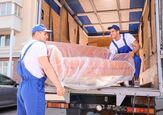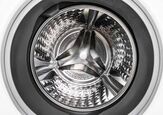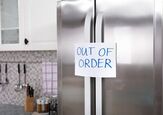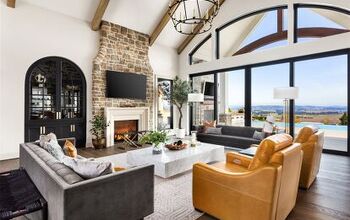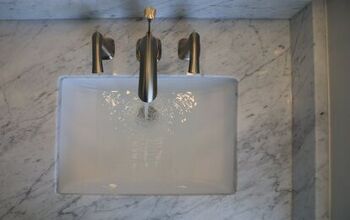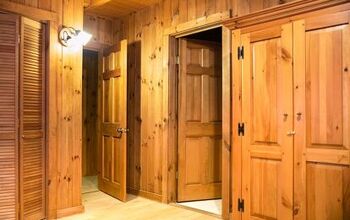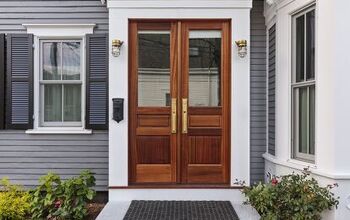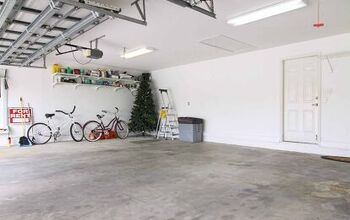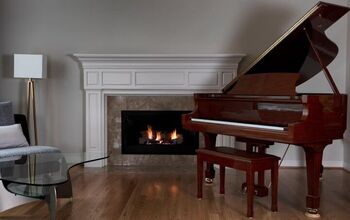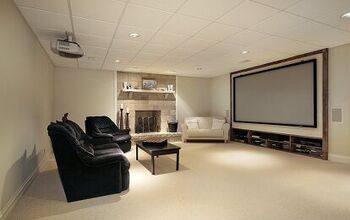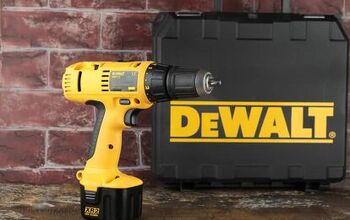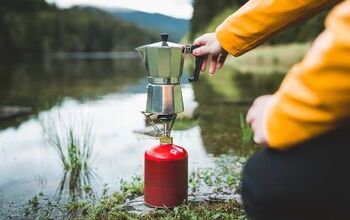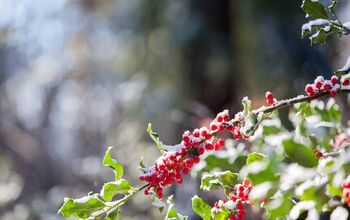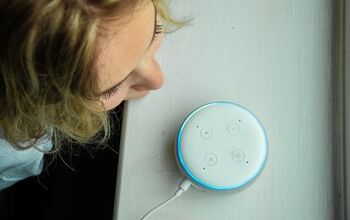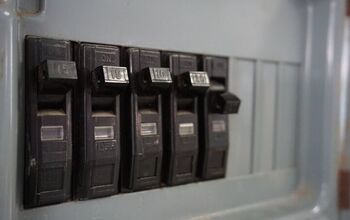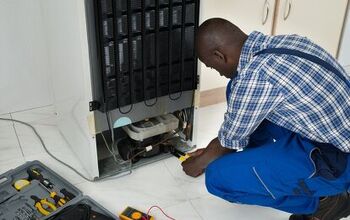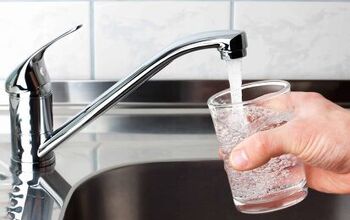10 Home Safety Tips For New Parents

Being a parent is equally rewarding and stressful. After all, your instincts kick in as you realize you must care for someone else like never before, and it’s a hard job. That’s why we put together a list of several important home safety tips for new parents.
You must fasten your heavy furniture and decorations to the walls and floors to baby-proof them. It’s also essential to cover the handles and knobs on your cabinets, furniture, and appliance with baby locks. Remove choking hazards, like pet food, debris, and small objects your baby or toddler could easily access.
It’s also important to strictly buy cribs and changing tables from reputable companies. That way, you can ensure they meet the industry standards and regulations. Follow along as we explore 10 essential home safety tips for new parents.
How To Baby-Proof Your House
Babyproofing your house is a seemingly never-ending cycle. That’s because you can find countless hazards in your home, and the list can go on forever. However, you must prioritize a few important home safety tips for new parents, such as:
1. Thoroughly Clean The Floors
New parents have many responsibilities, and cleaning the floor isn’t at the top. However, it’s an essential home safety tip for new parents if your infant is starting to crawl. It’s no secret that babies are as curious as cats and aren’t above putting floor debris in their mouths.
After all, they don’t know better, so you must remove any possible choking hazards. Keep your floors as clean as possible to protect your young children from tripping and choking hazards. If possible, try to vacuum the house weekly, so the problem doesn’t get out of hand.
2. Hide Pet Food
The unparalleled infant curiosity isn’t just limited to floor debris. An infant or toddler can easily get into your pet’s food bowls and eat what's in it. New parents must hide their pets’ food bowls to protect their young children from choking hazards.
This can be tricky at first if you typically leave food out for your pets to feed freely. In that case, you should train your pets to eat on a schedule throughout the day. They may not like it if they’re used to free feeding, but it’s important to protect your young child.
The alternative is to pick a room and dedicate it to your pets. However, this is a harder alternative, as you must let your pets in and out of the room to eat throughout the day. It may take time, but training your pets to eat on a schedule and monitoring them during feedings can protect your child.
3. Secure Heavy Objects And Furniture
As a child, my young brother climbed a dresser’s drawer, which knocked it over and nearly pinned him to the ground. Had a bed not been beside the dresser, the situation could have been much worse. This is a perfect example of why new parents must secure heavy objects and furniture to the wall.
You can’t blame an infant or toddler for tugging on and climbing such objects. However, you must secure furniture via straps and ties to ensure they don’t fall over. You can easily find ratchet straps and zip ties to fasten your decorations and furniture.
4. Cover Appliance And Cabinet Doors
Small children can easily pull on any cabinet door they find out of curiosity. Unfortunately, that can include cabinets containing dangerous chemicals that your children shouldn’t access. This can also include the oven and dishwasher, which are quite dangerous for small children.
Today, you can easily find baby door knob covers for everything from cabinets and drawers to oven and stove knobs. Walk through your house, identify the risks, and figure out how many knob covers you need. Cover each risky knob one by one to protect your children from such risks.
5. Remove Hazardous Chemicals
You can’t always cover and lock every low-level cabinet containing hazardous chemicals. Of course, you don’t need to throw your cleaning chemicals away and waste them.
Instead, move the chemicals to a different spot where your small child cannot reach them. You can even put the bottles in a basket and set the basket on a high counter or shelf. That way, you can easily access them the next time you need to clean the house.
6. Avoid Homemade Cribs
DIY projects are fun, but building a crib for your baby isn’t always a great idea. That’s because there are strict regulations regarding child safety, and that applies to crib construction. For example, you won’t find factory-made cribs with slats more than 2 3/8” wide.
An infant can get their head stuck between the slats if they’re spaced too far apart. Similarly, your baby can even get out of the crib behind your back if the slats are too wide. Simply buy a crib from a reputable manufacturer to ensure it meets the regulations.
7. Cover Your Outlets
Don’t forget to cover your electrical outlets before you bring your infant home. Small children can easily mess with outlets and suffer electrical shocks or get their fingers stuck. Today, you can easily find cheap outlet covers to protect your infant.
8. Slip-Proof Your Home
It’s no secret that babies are uncoordinated and even clumsy. Nobody can blame them for that, but new parents must keep that in mind when they baby-proof their homes. That’s especially true if you have hardwood or tile floors throughout your home.
You can reduce the slipping hazard in your house if you set up slip mats and rugs. Unfortunately, this may be difficult if your whole house is full of hardwood floors. In that case, you’d have to buy a lot of rugs and slip mats, which may not look attractive.
Some people would much rather replace their hardwood floors with carpets to avoid the weird look of rugs all over. It’s also important to put a slip mat in your bathtub to protect your baby.
9. Unplug Devices And Appliances
There’s no telling what a baby will do when left unattended. Unfortunately, that’s why it’s a great idea to unplug your electronic devices and appliances when you’re done using them. The last thing you want is to hear the dryer start simply because you took your eye off your child for 10 seconds.
Unplug heavy appliances, like the dishwasher, washing machine, and dryer, when not in use. This is a great idea if you are juggling many responsibilities, along with several small children. OF course, you won’t need to do this forever, as you can eventually teach your kids to know better.
While you can’t easily unplug your oven, you can at least baby-proof the handle. If that’s not an option, you can shut off the power to your oven at the breaker, pull the oven out, and unplug it. Installing an oven lock is much easier.
10. Cover the Toilet
With all the hazards in your home, it’s easy to forget about the toilets. Toilets pose several risks, as your babies can jam their fingers or even drown. That’s why you must invest in toilet lid locks and cover your toilets until you need them.
Eventually, you’ll also need to buy a child toilet seat to attach to your toilet. You won’t need to worry nearly as much when your child is old enough to understand the dangers.
Summing It Up
Carefully clean your floors to remove choking hazards, and cover slippery surfaces with rugs, carpets, and slip mats. It’s also important to put locks and guards on your cabinets, doors, and appliance knobs. Cover your outlets, unplug unused appliances, and fasten heavy furniture and decorations to baby-proof your house as a new parent.
Related Guides:

Nick Durante is a professional writer with a primary focus on home improvement. When he is not writing about home improvement or taking on projects around the house, he likes to read and create art. He is always looking towards the newest trends in home improvement.
More by Nick Durante
